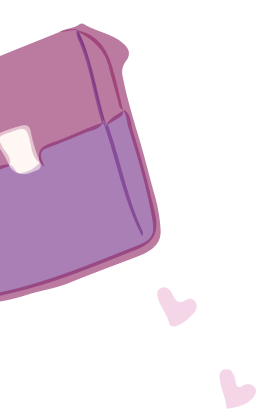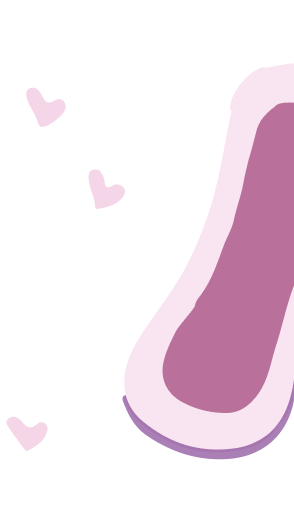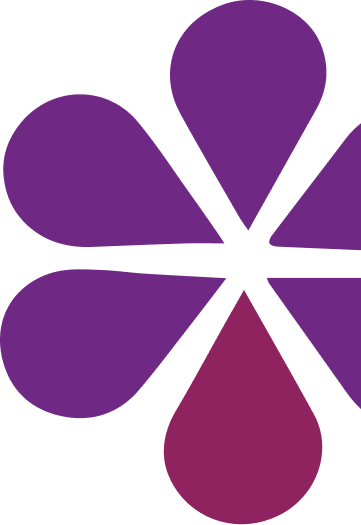
What is Period Poverty?
Definition:
Period poverty is the inability to afford or access essential menstrual products and facilities, such as sanitary pads, tampons, clean water, and private spaces for changing
Examples:
- Lack of Menstrual Products: Many low-income individuals use improvised, unhygienic materials due to the high cost of menstrual products
- Inadequate Sanitation Facilities: Schools and workplaces often lack clean, private facilities, leading to absenteeism and discomfort
- Limited Education: Stigma and taboo around menstruation result in a lack of proper menstrual health education
Impact:
- Education: Girls miss school during their periods, leading to learning loss and higher dropout rates
- Health: Using unhygienic materials can cause infections and other health issues
- Stigma: Social stigma leads to exclusion and mental health challenges
Solutions:
- Provide affordable menstrual products
- Improve sanitation facilities in schools and public places
- Educate communities to reduce stigma and promote menstrual health



